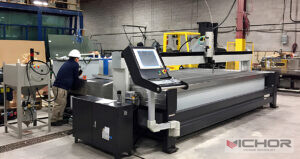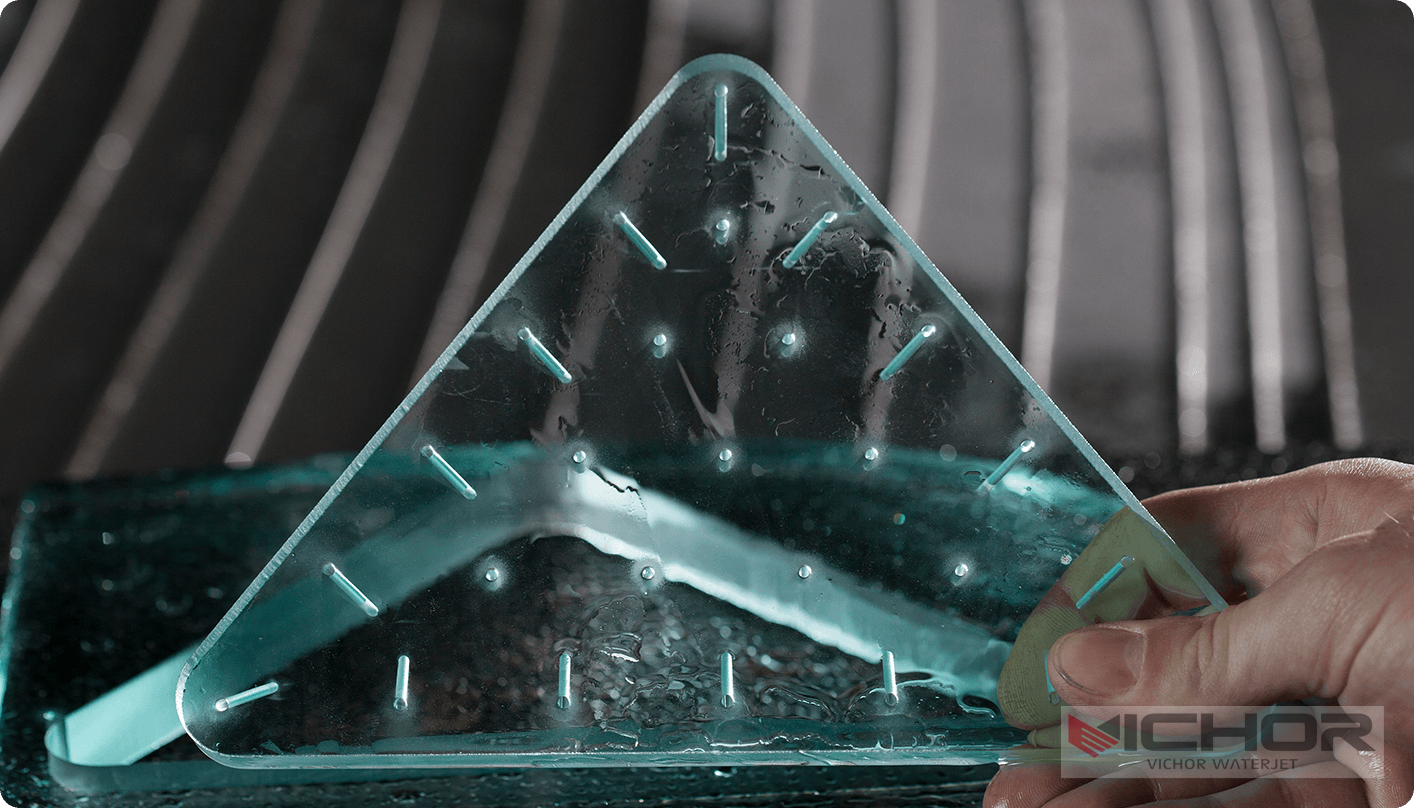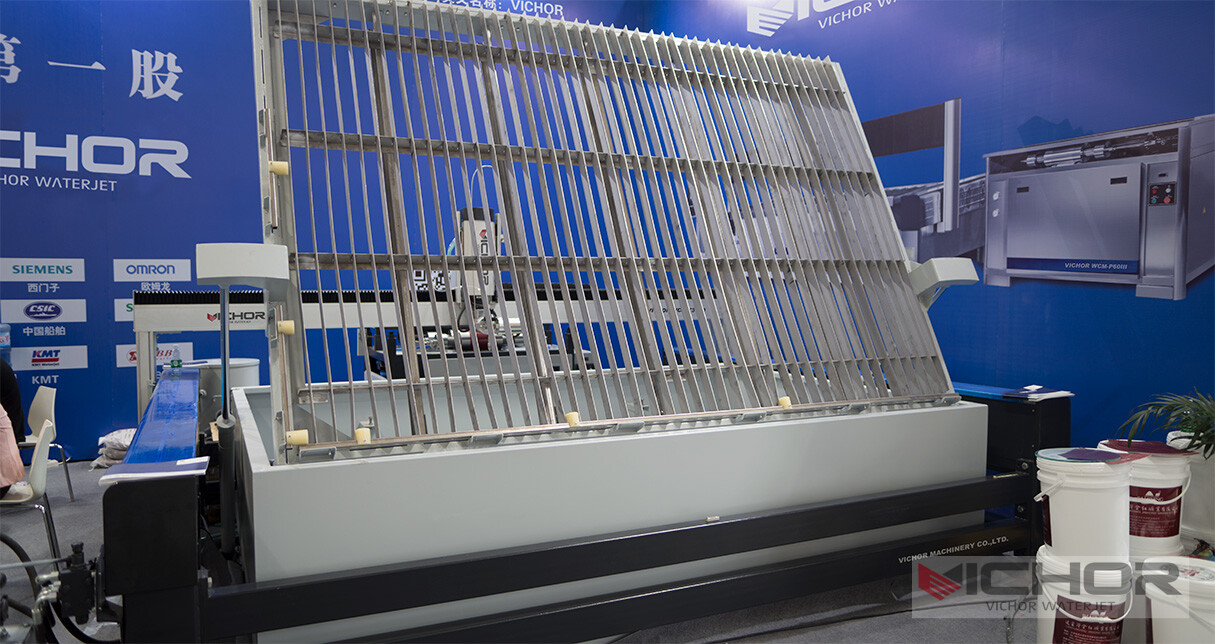
What Factors Influence the Water Jet Glass Cutting Machine Price? A Detailed Analysis
When considering the acquisition of a water jet glass cutting machine, one of the first questions that comes to mind is about the cost. The water jet glass cutting machine price can vary significantly based on numerous factors, making it essential for buyers to understand what drives these variations. Whether you’re in the manufacturing, construction, or artistic industry, investing in such equipment requires a clear grasp of the financial implications. This article delves into the key aspects that determine the water jet glass cutting machine price, helping you make an informed decision without the fluff. We’ll explore everything from initial purchase costs to long-term value, ensuring you have a comprehensive view. By the end, you’ll know exactly what to expect and how to budget for this powerful tool.
Initial Purchase Price of Water Jet Glass Cutting Machines
The initial purchase price of a water jet glass cutting machine is often the most scrutinized aspect for buyers. Typically, the water jet glass cutting machine price for a basic model starts at around $20,000 and can exceed $100,000 for high-end, industrial-grade systems. This range depends on the machine’s capabilities, such as cutting precision, speed, and size. For instance, smaller tabletop models designed for artisans or small businesses might be on the lower end, while large-scale systems with advanced automation features command higher prices. It’s crucial to note that the water jet glass cutting machine price isn’t just about the machine itself; it often includes essential components like the pump, cutting head, and software. Buyers should also consider that prices may fluctuate based on market demand and technological advancements. In recent years, innovations in pump technology and control systems have driven up costs for premium models, but they also offer better efficiency and lower operational expenses in the long run. Therefore, when evaluating the water jet glass cutting machine price, it’s wise to look beyond the sticker and assess the overall value proposition.
Key Factors Influencing Water Jet Glass Cutting Machine Price
Several factors play a pivotal role in determining the water jet glass cutting machine price. First and foremost is the pump type and pressure capability. High-pressure pumps, which can generate up to 90,000 psi, are more expensive but provide faster cutting speeds and smoother edges, directly impacting the water jet glass cutting machine price. Another critical factor is the machine’s size and work envelope. Larger machines that handle big glass sheets or complex designs come with a higher price tag due to increased material and engineering costs. Additionally, the level of automation influences the water jet glass cutting machine price; systems with CNC controls, robotic arms, or advanced software for intricate patterns are pricier but reduce labor costs and errors. The quality of components, such as abrasive delivery systems and nozzle materials, also affects the price. For example, machines with durable, wear-resistant parts may cost more upfront but require less maintenance. Lastly, brand reputation and after-sales support can add to the water jet glass cutting machine price, as reputable manufacturers often include warranties and training services. Understanding these factors helps buyers prioritize features that align with their needs and budget.
Operating and Maintenance Costs
Beyond the initial investment, the operating and maintenance costs are integral to the overall water jet glass cutting machine price evaluation. These ongoing expenses can add up over time and should not be overlooked. Operating costs include electricity consumption, which varies based on the pump’s power rating; high-pressure systems may use more energy but cut faster, potentially saving time and money. Water usage is another factor, as these machines require a steady supply of filtered water to function efficiently. However, the most significant operational cost is often the abrasive material, such as garnet, which is used in the cutting process. Depending on usage, abrasive costs can range from a few hundred to thousands of dollars annually. Maintenance costs also contribute to the total cost of ownership. Regular servicing, part replacements (e.g., nozzles and seals), and software updates are necessary to maintain performance and longevity. Neglecting maintenance can lead to downtime and higher repair bills, effectively increasing the effective water jet glass cutting machine price over its lifespan. On average, annual maintenance might cost 5-10% of the initial purchase price. By factoring in these expenses, buyers can better assess the true water jet glass cutting machine price and plan for sustainable operations.

Price Comparison: New vs. Used Machines
For budget-conscious buyers, considering used or refurbished water jet glass cutting machines can be a way to manage the water jet glass cutting machine price. New machines offer the latest technology, warranties, and reliability, but they come at a premium. In contrast, used machines can be 30-50% cheaper, with prices starting as low as $10,000 for basic models. However, the lower water jet glass cutting machine price for used equipment often involves trade-offs, such as older software, potential wear and tear, and limited or no warranty. It’s essential to inspect used machines thoroughly for issues like pump degradation or alignment problems, which could lead to additional costs. Refurbished units, which are reconditioned by manufacturers or certified dealers, might offer a middle ground with some warranty coverage at a reduced price. When comparing new and used options, evaluate the machine’s history, usage hours, and compatibility with current industry standards. Also, consider the availability of spare parts and technical support, as older models might be obsolete. Ultimately, the decision should balance the initial water jet glass cutting machine price with long-term reliability and performance needs.
Is the Investment in a Water Jet Glass Cutting Machine Justifiable?
Assessing the justifiability of the water jet glass cutting machine price involves looking at the return on investment (ROI). While the upfront cost can be substantial, these machines offer numerous benefits that can offset expenses over time. For instance, water jet cutting is highly precise, reducing material waste and improving product quality, which can lead to higher customer satisfaction and repeat business. The versatility of water jet machines allows them to cut various materials besides glass, such as metal or stone, expanding revenue streams. Moreover, automation features can lower labor costs and increase production speed, enhancing overall efficiency. To calculate ROI, compare the water jet glass cutting machine price against potential savings and earnings. For example, a machine that costs $50,000 might pay for itself in 1-3 years through reduced waste and increased output. Additionally, consider intangible benefits like competitive advantage and ability to handle complex orders. In industries where precision and customization are key, the water jet glass cutting machine price is often justified by the ability to meet demanding client specifications. Therefore, while the initial outlay might seem high, the long-term financial and operational benefits make it a worthwhile investment for many businesses.
In conclusion, the water jet glass cutting machine price is influenced by a multitude of factors, from initial purchase details to ongoing operational costs. By understanding these aspects, buyers can navigate the market more effectively and choose a machine that fits their budget and requirements. Remember, the key is to balance cost with value, ensuring that the investment supports your business goals for years to come.
Frequently Asked Questions
Q1: What is the typical price range for a water jet glass cutting machine?
A1: The water jet glass cutting machine price typically ranges from $20,000 to over $100,000, depending on factors like size, pump pressure, and automation level. Basic models start around $20,000, while high-end systems with advanced features can exceed $100,000.
Q2: How does the machine’s power affect the water jet glass cutting machine price?
A2: Higher pump pressure and power ratings directly increase the water jet glass cutting machine price because they enable faster cutting speeds and better precision. Machines with pressures up to 90,000 psi are more expensive but offer improved efficiency and capability for thick or tough materials.
Q3: Are there ongoing costs besides the initial purchase price?
A3: Yes, ongoing costs include electricity, water, abrasive materials like garnet, and regular maintenance. These can add thousands of dollars annually to the total cost of ownership, so it’s important to factor them into your budget when considering the water jet glass cutting machine price.
Q4: Can I lease a water jet glass cutting machine instead of buying?
A4: Leasing is an option that can reduce the upfront water jet glass cutting machine price, with monthly payments typically ranging from a few hundred to several thousand dollars. This approach provides flexibility and access to newer technology, but it may cost more over the long term compared to purchasing.
Q5: What is the average lifespan of these machines, and how does it impact the price?
A5: The average lifespan of a water jet glass cutting machine is 10-20 years with proper maintenance. A longer lifespan can justify a higher initial water jet glass cutting machine price by spreading the cost over more years of use, leading to better ROI through sustained performance and reduced replacement needs.
continue reading
Related Posts
- 1304 words6.6 min read



